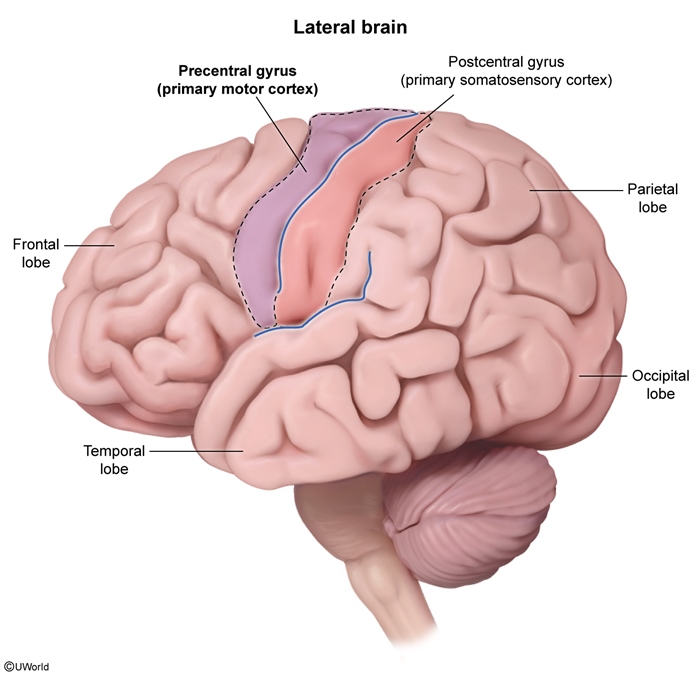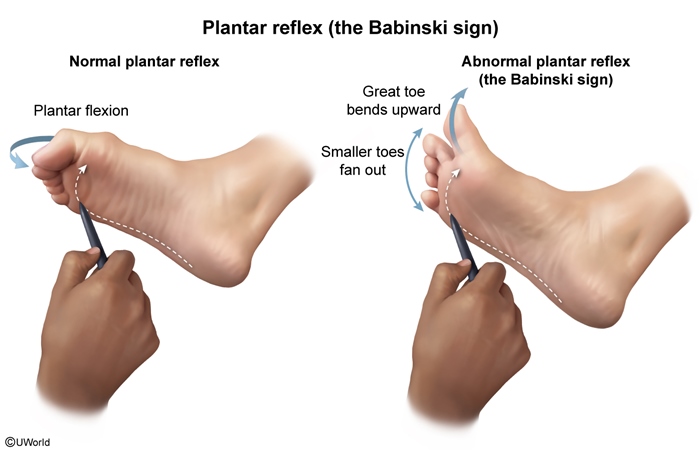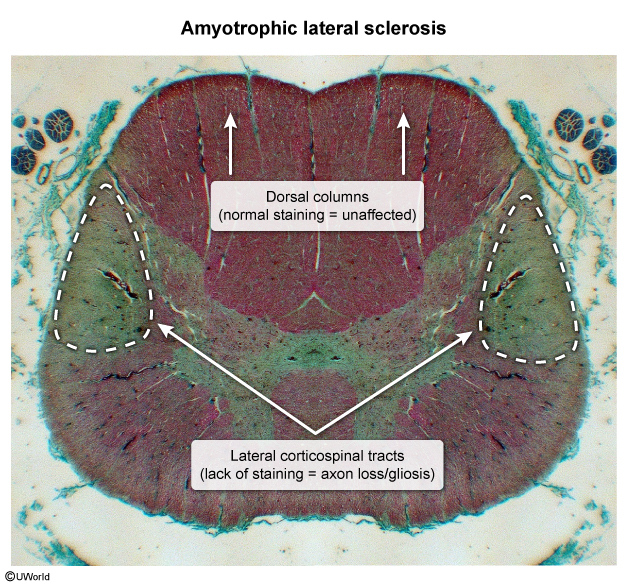Amyotrophic Lateral Sclerosis (ALS) (Lou Gehrig Disease)
Article Sections
Introduction
Amyotrophic lateral sclerosis (ALS), or Lou Gehrig disease, is a neurodegenerative disorder that destroys motor neurons and is ultimately fatal. ALS is hallmarked by the concurrent degeneration of upper motor neurons (UMNs) in the motor cortex (pyramidal cells) and lower motor neurons (LMNs) in both the spinal cord (anterior horn cells) and brainstem (lower cranial nerve nuclei).
The term "ALS" reflects this combination of UMN and LMN destruction:
- "Amyotrophic" describes the clinical finding of muscle atrophy from denervation due to loss of anterior horn cells/brainstem motor nuclei (LMNs).
- "Lateral sclerosis" describes the pathologic finding of lateral spinal cord scarring from gliosis of corticospinal axons due to loss of pyramidal cells (UMNs).
Epidemiology
The lifetime risk is approximately 1:400. The only established modifiable risk factor is smoking, although other environmental exposures have been implicated (eg, repetitive head injury, pesticides, heavy metals). Nonmodifiable risk factors include advancing age (peak onset at age 60-75), male gender (male/female ratio = 1.5:1), and family history.
Continue Learning with UWorld
Get the full Amyotrophic Lateral Sclerosis (ALS) (Lou Gehrig Disease) article plus rich visuals, real-world cases, and in-depth insights from medical experts, all available through the UWorld Medical Library.
Figures


Images
